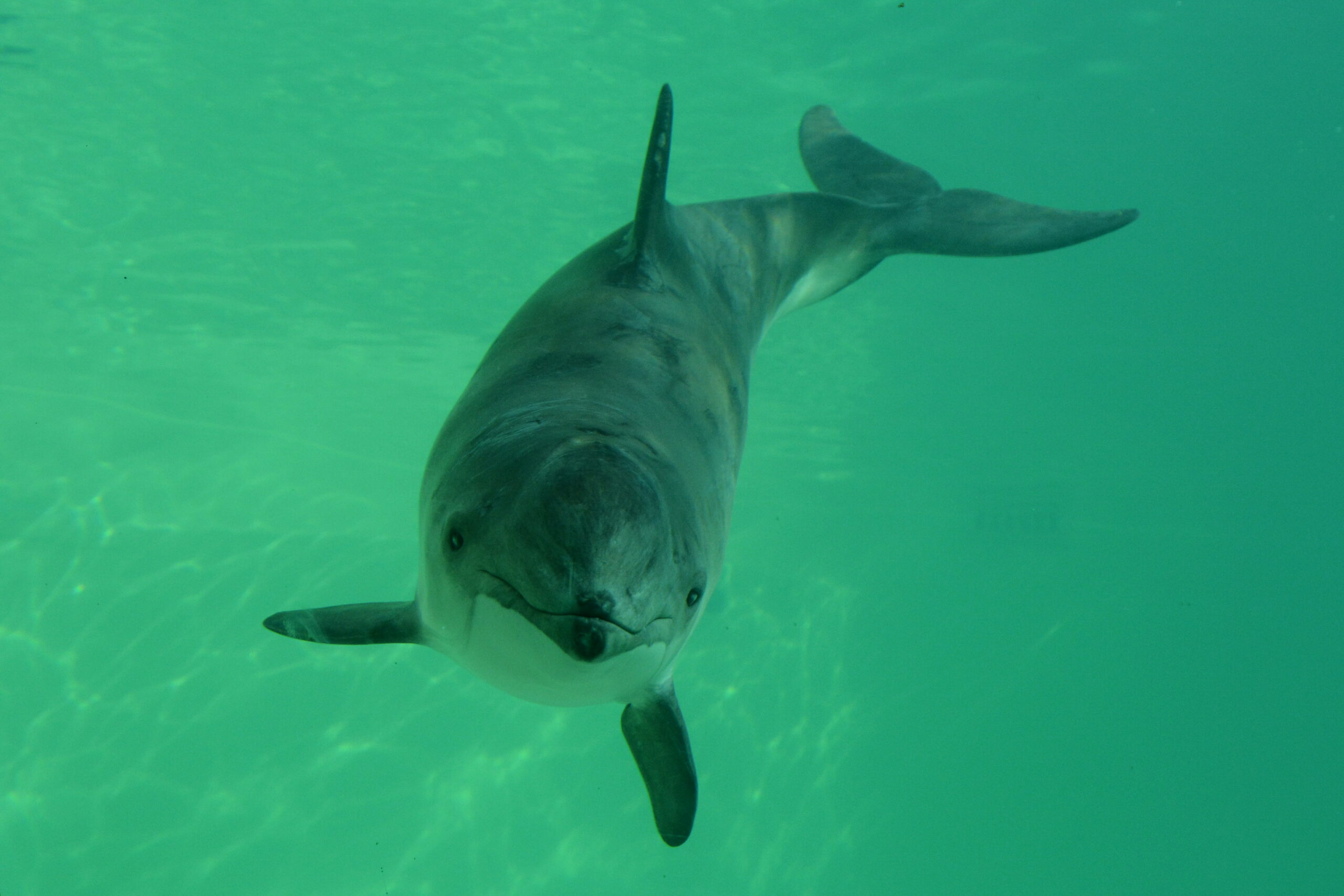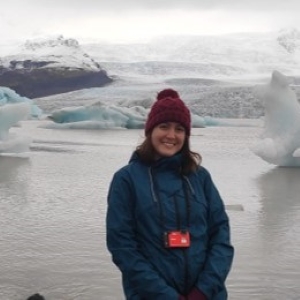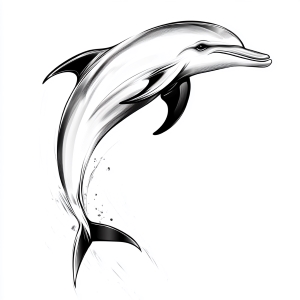Harbor porpoises are small, toothed cetaceans known for their shy nature and high-frequency echolocation clicks used for navigation and foraging. This project focuses on the automatic detection of harbour porpoise vocalisations within extensive acoustic datasets collected in the Baltic Sea. By assessing the spatiotemporal presence of harbour porpoises, particularly the critically endangered Baltic Sea subpopulations, the project aims to support decision-making processes, ensuring better protection for these sensitive marine mammals.


Critically endangered Baltic Sea harbour porpoises face threats from fisheries and offshore wind development. Manual identification of their vocalisations is labour-intensive and error-prone due to overlapping noise from echo sounders. For over two decades, passive acoustic monitoring (PAM) using automated detection has supported conservation, relying primarily on a few established tools (e.g., C-PODs/F-PODs, PAMGUARD) with periodically updated algorithms. AI-driven automation offers an opportunity to enhance PAM yet remains in early development. Expanding available solutions can drive competition and improve monitoring quality.
Deep Voice collaborated with Frank Thomsen (DHI) to apply its machine-learning model for detecting and distinguishing harbour porpoise vocalisations from noise. Despite limited training data, the AI model achieved 75% recall and 70% precision at a standard threshold. While not a formal project, this effort highlighted the value of diversifying PAM approaches for small cetaceans. Future improvements aim to enable real-time analysis and spatiotemporal mapping to support conservation and regulatory decisions.

Biologist

CTO

DHI